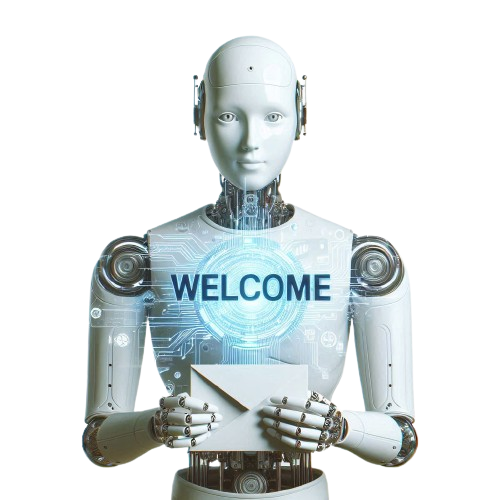Machine Translation Models
What is Machine Translation Models?
Machine translation has come a long way since its inception in the 1950s. With the advancement of artificial intelligence and deep learning techniques, machine translation models have seen significant improvements in recent years. These models are now capable of translating text from one language to another with impressive accuracy and fluency. In this article, we will explore some of the most popular machine translation models that are currently being used in the industry.
## Rule-based Machine Translation
Rule-based machine translation is one of the earliest approaches to machine translation. In this model, translation rules are defined by linguists and experts in the languages being translated. These rules dictate how words and phrases should be translated from one language to another. While rule-based machine translation can produce accurate translations for simple sentences, it often struggles with complex sentence structures and idiomatic expressions.
## Statistical Machine Translation
Statistical machine translation relies on statistical models to generate translations. These models analyze large amounts of bilingual text data to learn patterns and relationships between words in different languages. The most widely known statistical machine translation model is the phrase-based model, which breaks down sentences into smaller phrases and translates them individually before reassembling the translated text. While statistical machine translation has been effective in improving translation quality, it still has limitations in capturing context and nuances in language.
## Neural Machine Translation
Neural machine translation is the latest and most advanced approach to machine translation. This model uses deep learning techniques, such as artificial neural networks, to generate translations. Neural machine translation models are trained on vast amounts of bilingual text data and are capable of capturing complex syntactic and semantic relationships between words in different languages. One of the key advantages of neural machine translation is its ability to produce more fluent and natural-sounding translations compared to rule-based and statistical models.
## Transformer Model
The transformer model is a type of neural machine translation model that has gained popularity in recent years. Developed by Google in 2017, the transformer model revolutionized machine translation by introducing a self-attention mechanism that allows the model to focus on different parts of the input text when generating translations. This attention mechanism enables the transformer model to capture long-range dependencies in the text and produce more accurate translations. The transformer model has been widely adopted by major tech companies, such as Google and Microsoft, for their machine translation systems.
## BERT (Bidirectional Encoder Representations from Transformers)
BERT is another popular neural machine translation model that was introduced by Google in 2018. Unlike traditional machine translation models that process text sequentially, BERT is a bidirectional model that can capture context from both directions. This bidirectional approach allows BERT to better understand the context and meaning of words in a sentence, leading to more accurate translations. BERT has been integrated into many machine translation systems and has significantly improved translation quality.
## GPT (Generative Pre-trained Transformer)
GPT is a powerful language model developed by OpenAI that has been adapted for machine translation tasks. The GPT model uses a transformer architecture and is pre-trained on a vast amount of text data to learn the structure and patterns of language. GPT is capable of generating coherent and contextually relevant translations by leveraging its pre-trained knowledge of language. The model has been fine-tuned for machine translation tasks and has shown impressive results in producing high-quality translations.
In conclusion, machine translation models have evolved significantly over the years, thanks to advancements in artificial intelligence and deep learning. Rule-based, statistical, and neural machine translation models each have their strengths and weaknesses, but neural machine translation models, such as the transformer, BERT, and GPT models, have shown remarkable improvements in translation quality and fluency. As these models continue to be refined and enhanced, we can expect machine translation to become even more accurate and natural-sounding in the future.



